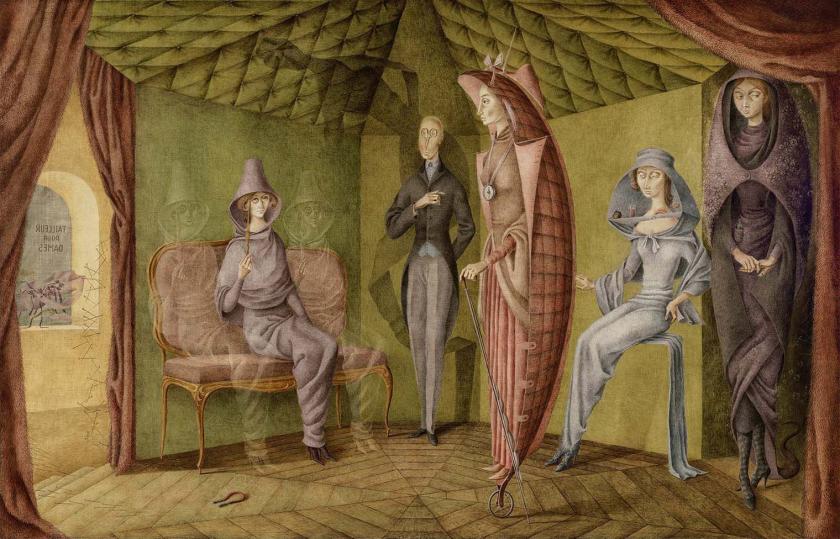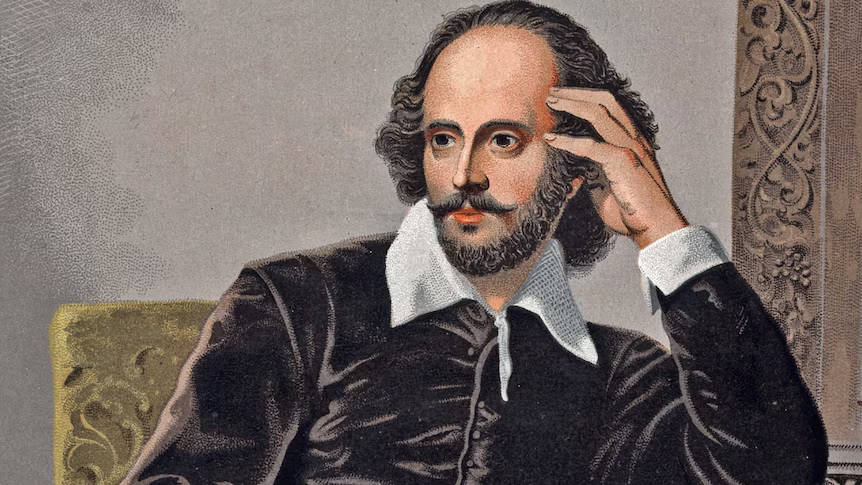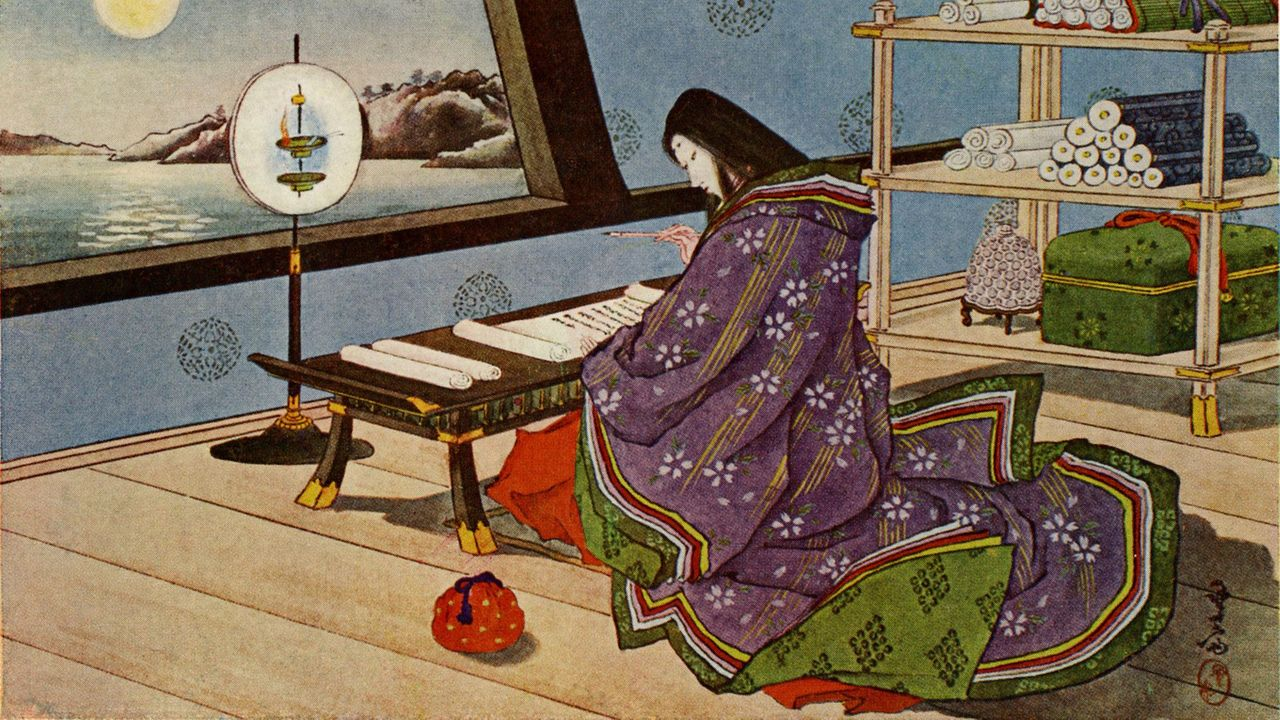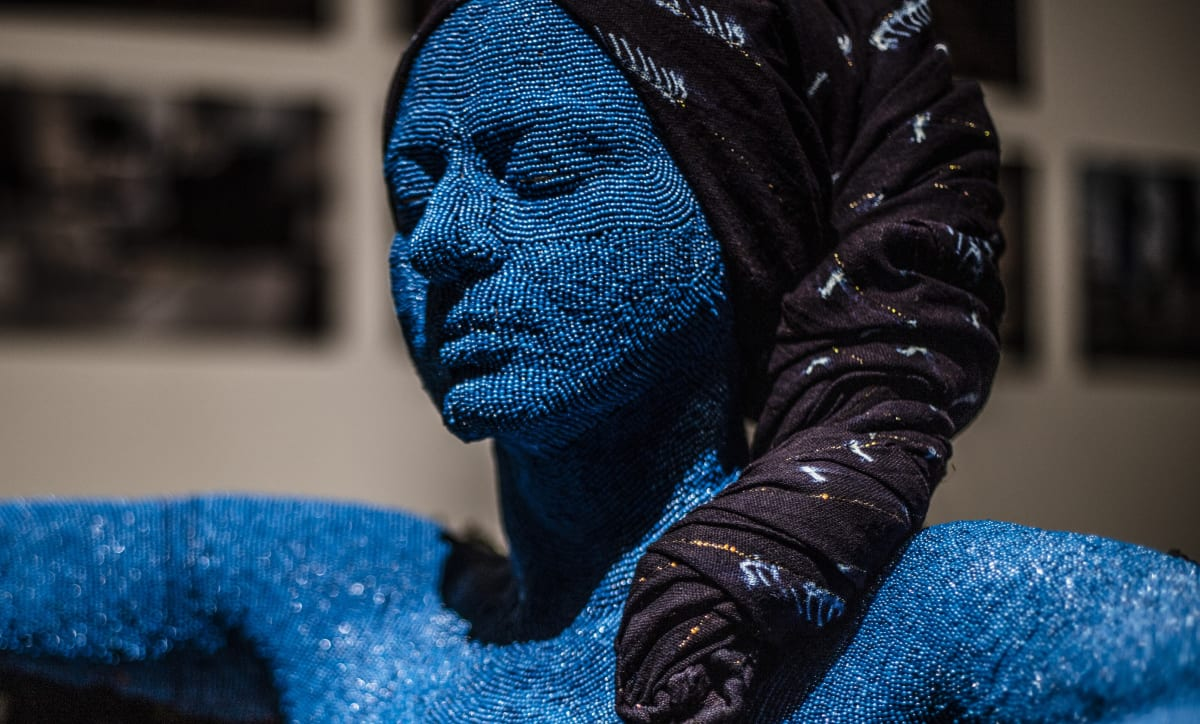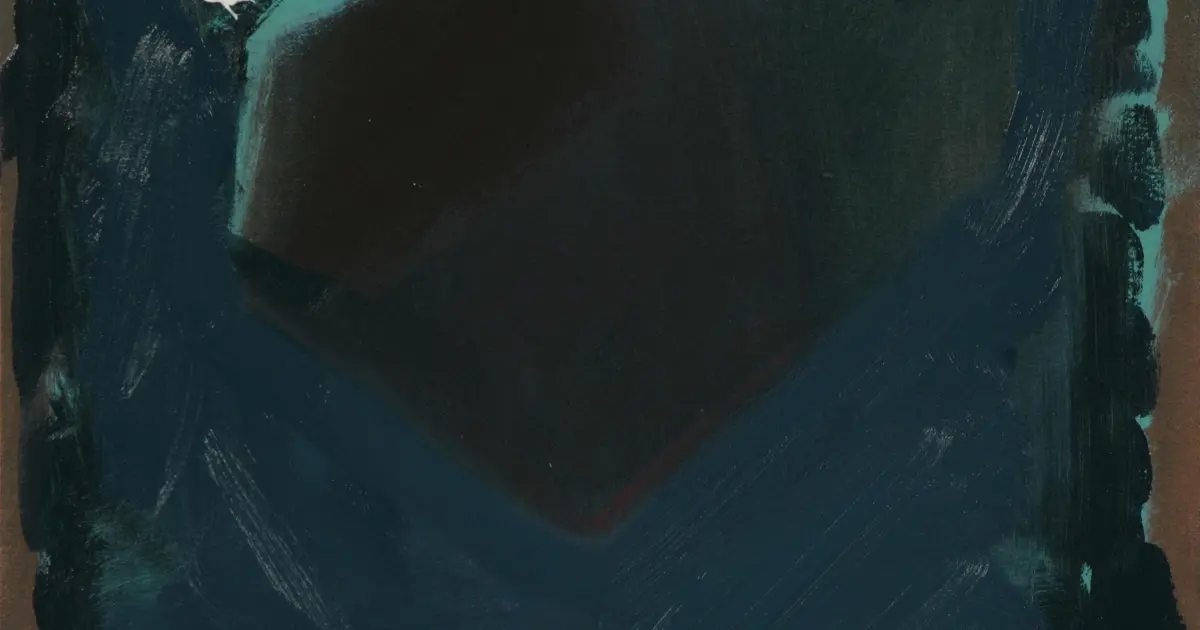While names like Salvador Dalí and René Magritte dominate discussions of surrealism, few mention Remedios Varo — a Spanish-Mexican painter whose visionary works blend mysticism, science, and the occult. Varo, who fled Francoist Spain and found refuge in Mexico, created dreamlike, meticulously detailed paintings that explored themes of feminine identity, alchemy, and cosmic exploration. Her work, often compared to Leonora Carrington’s, stood out for its intellectual depth and spiritual symbolism.
Varo’s lesser-known status is not due to a lack of talent but rather the historical marginalization of female artists in male-dominated movements. Her painting “The Call” portrays a robed woman walking through an arched corridor of passive female figures—an allegory of awakening and liberation. This, like many of her works, reveals Varo’s quiet rebellion against societal norms and her deeply personal cosmology that invites endless interpretation.
As museums and art historians increasingly re-evaluate overlooked contributors to major art movements, Remedios Varo’s star is rising. Her exhibitions, particularly in Latin America and Europe, are drawing renewed interest from both art lovers and scholars. Embracing Varo’s legacy means not only expanding the surrealist canon but also restoring rightful space to a visionary whose works resonate deeply with today’s audiences seeking magic, meaning, and mysticism in art.

